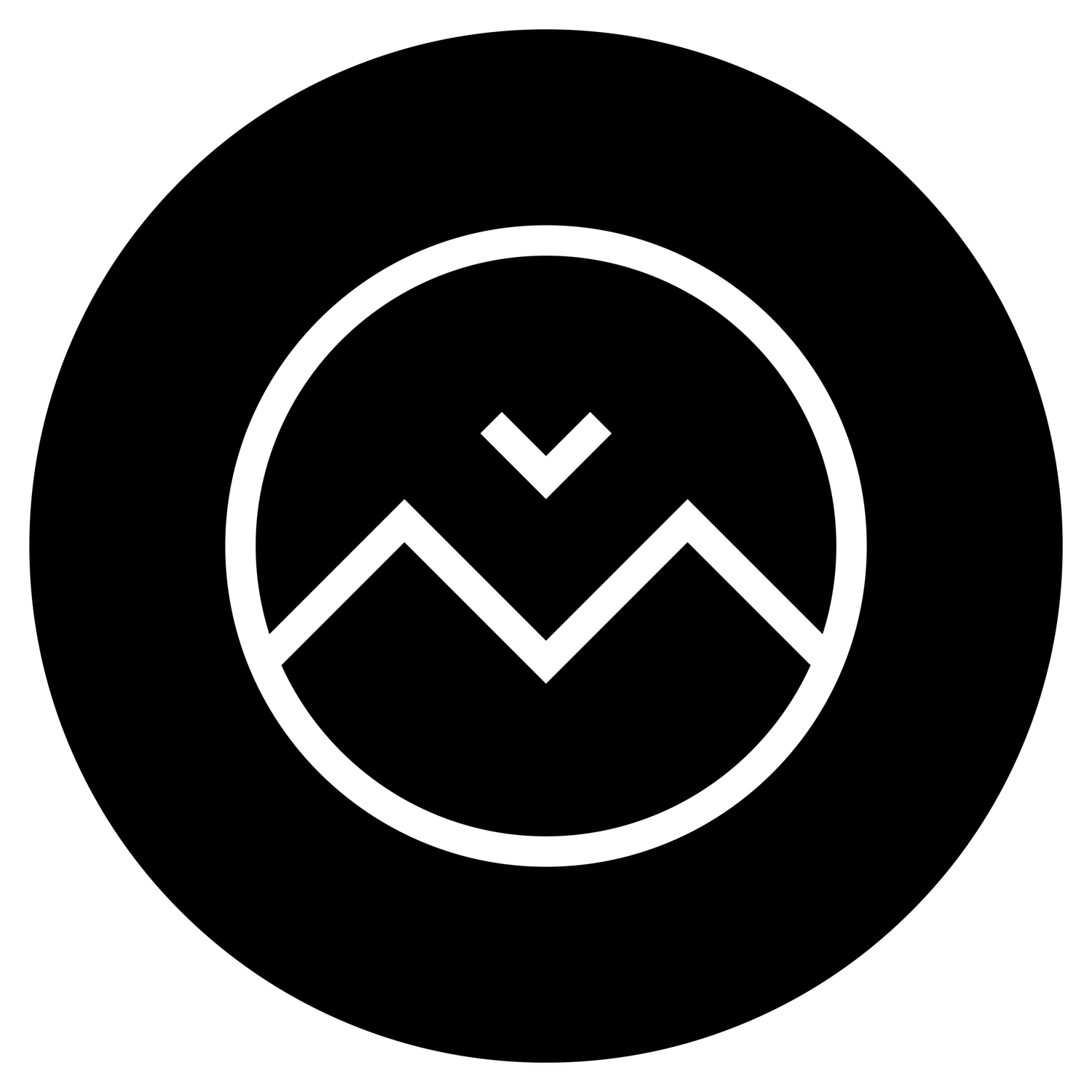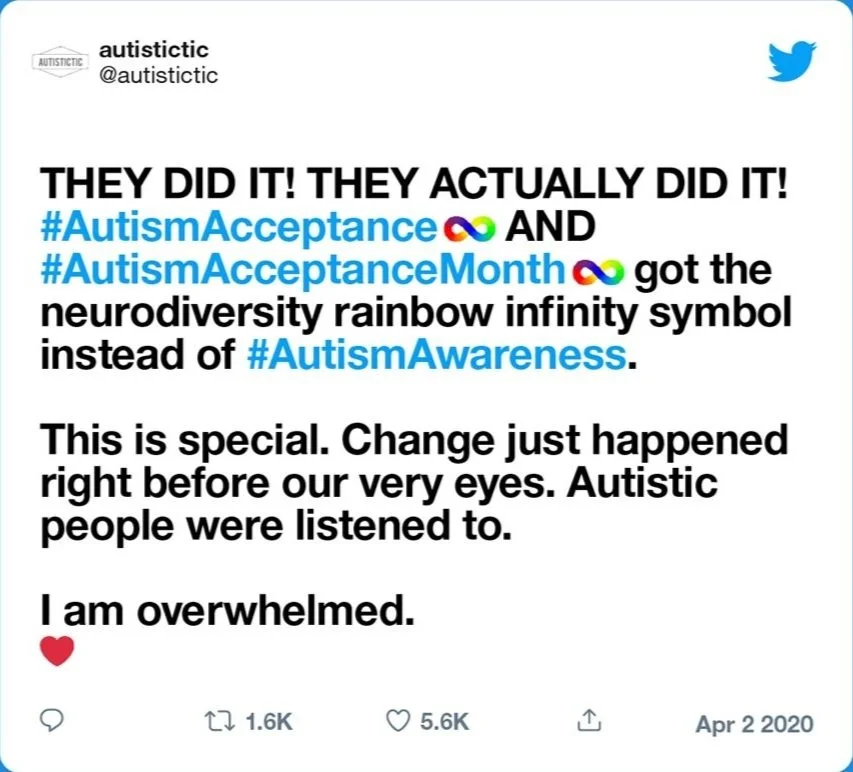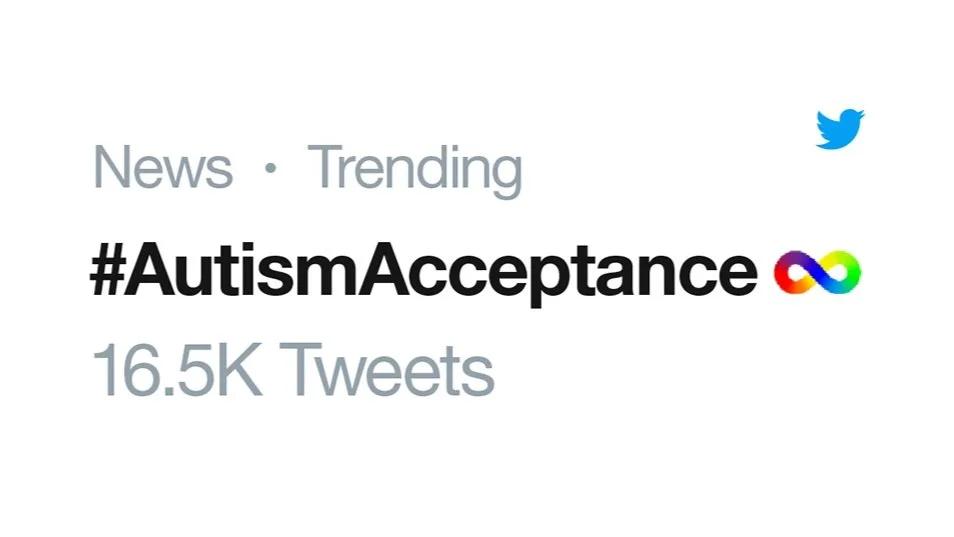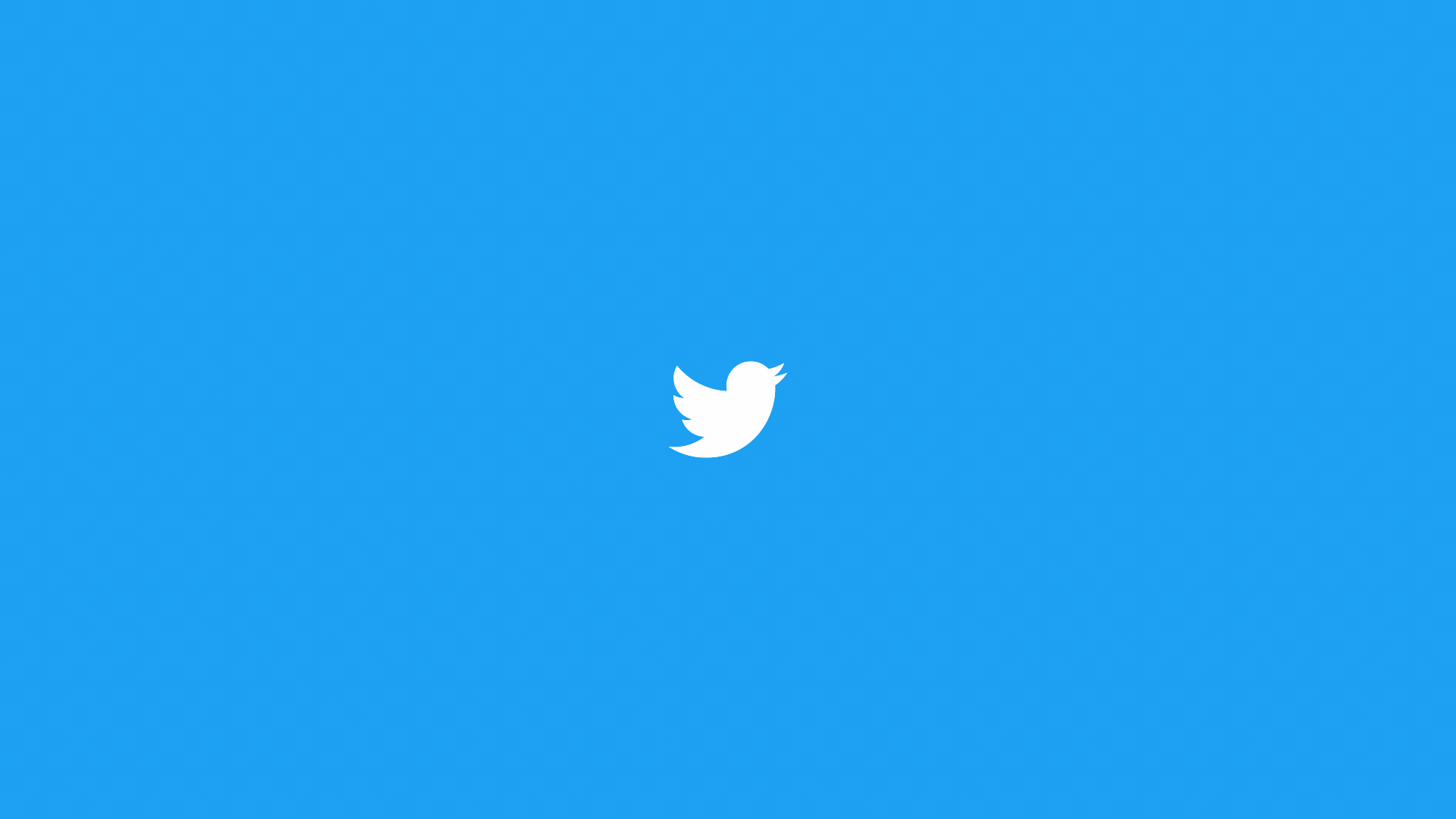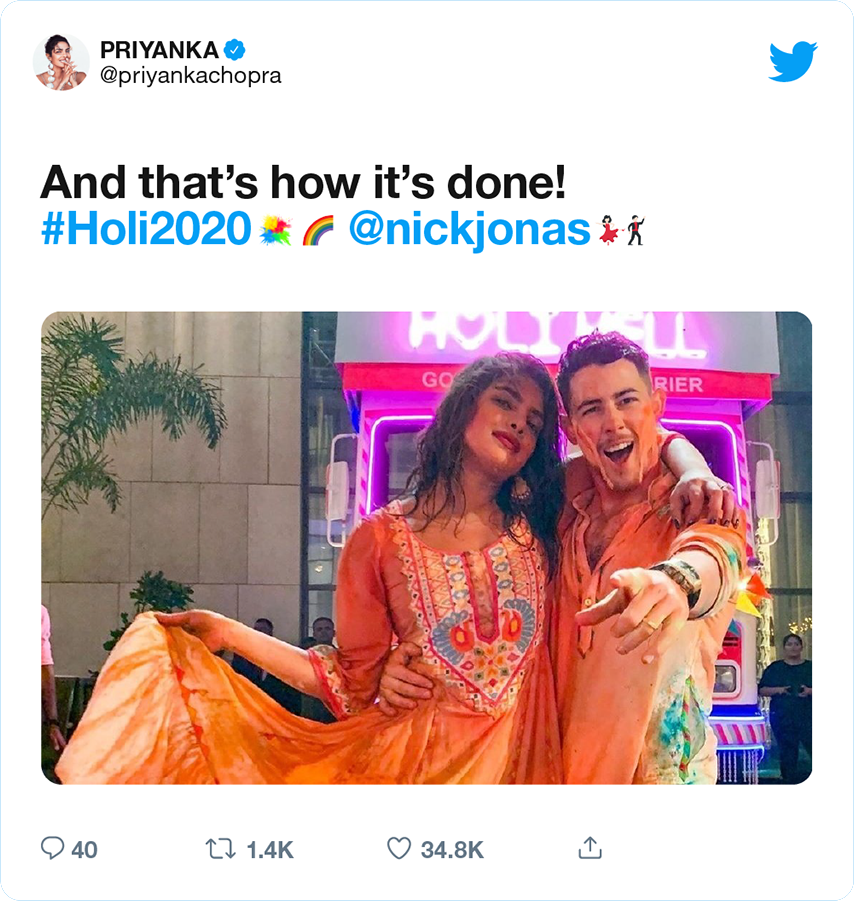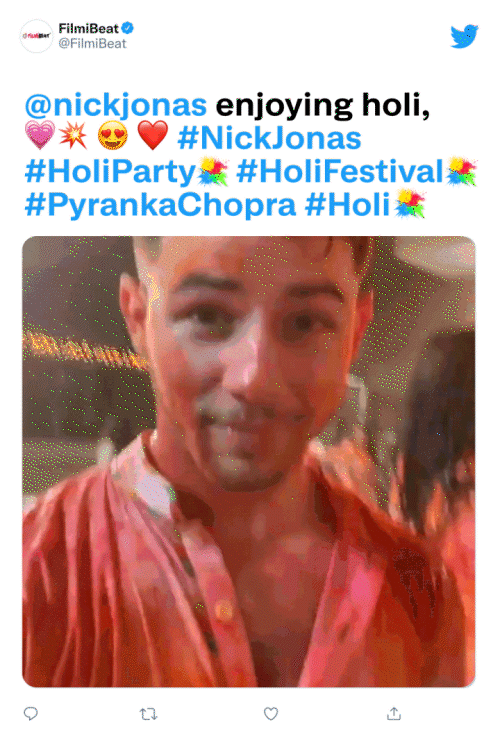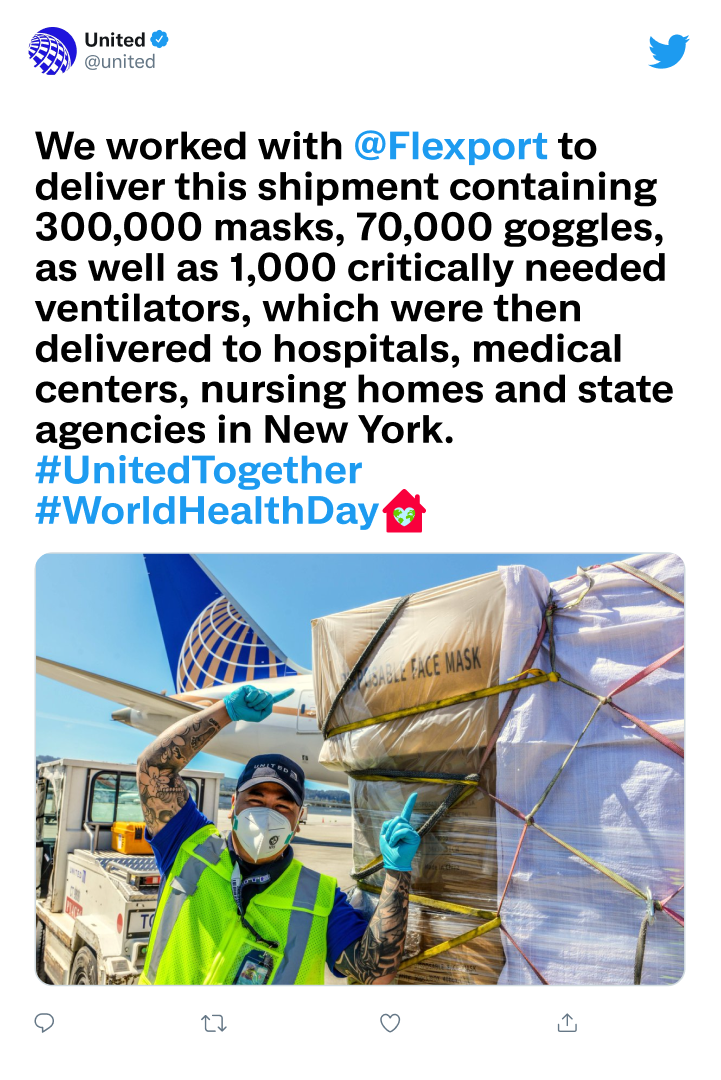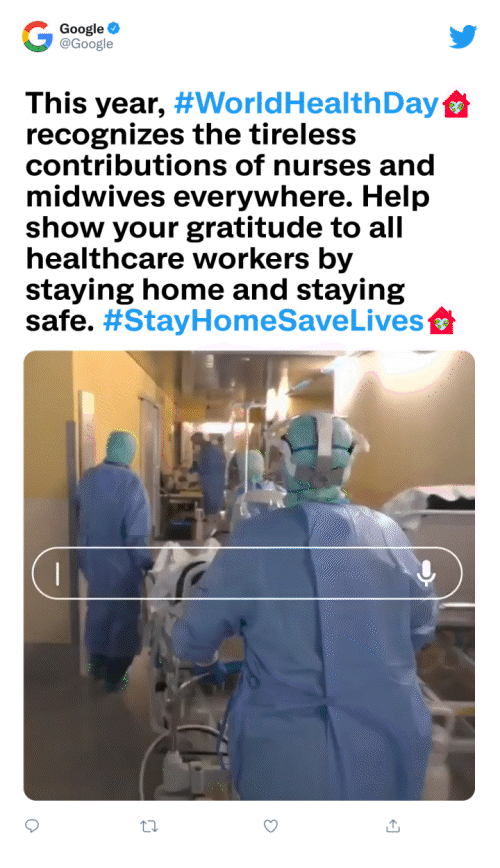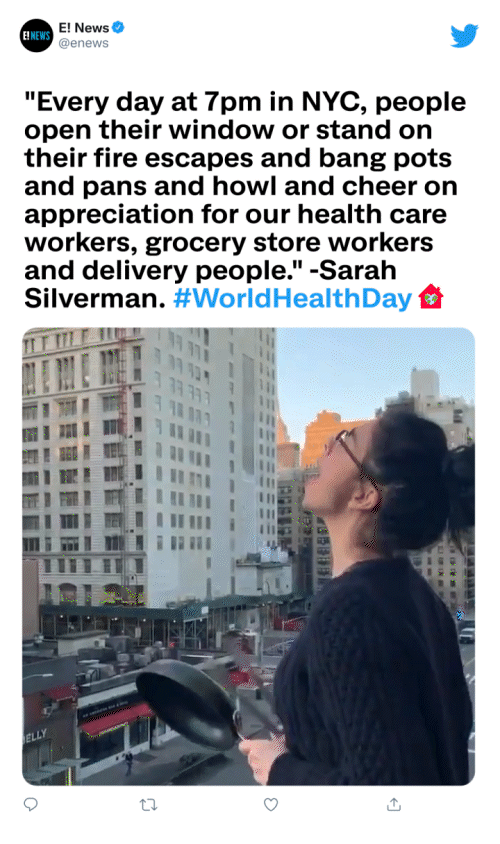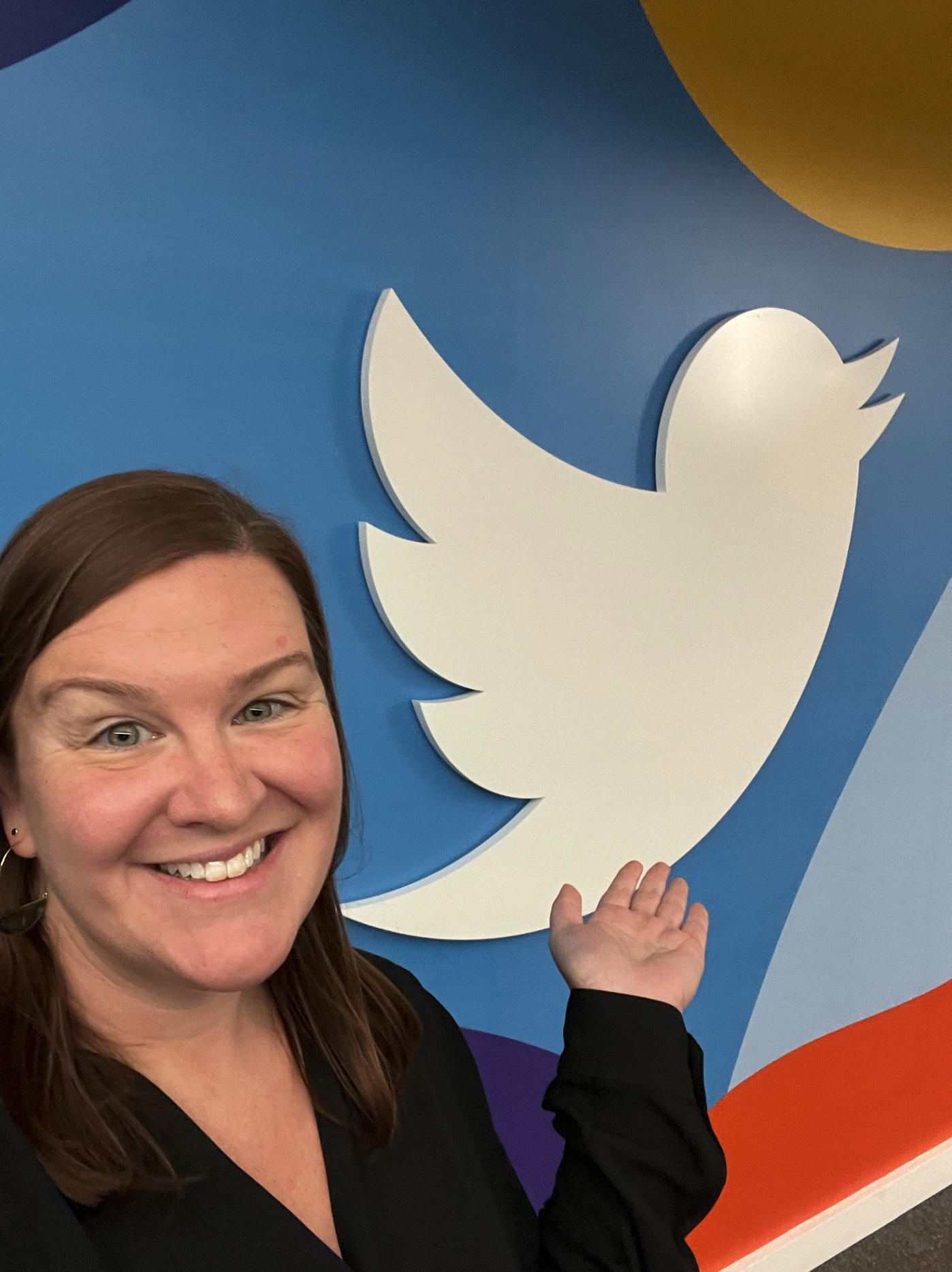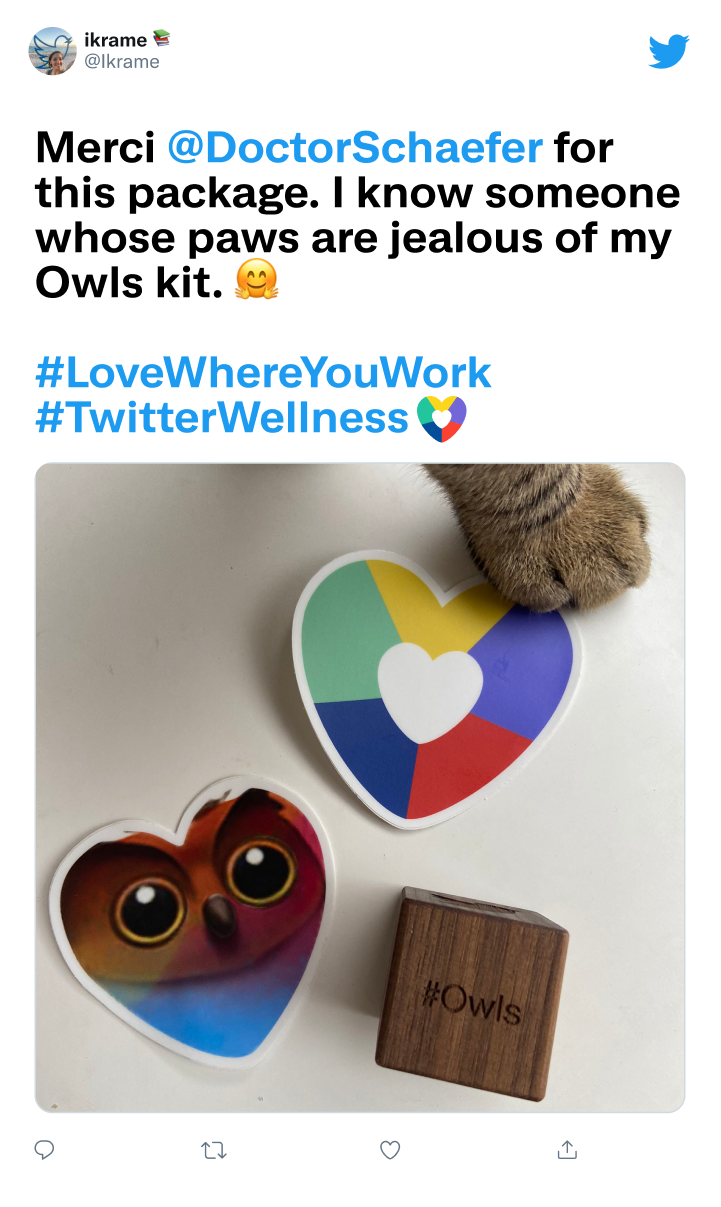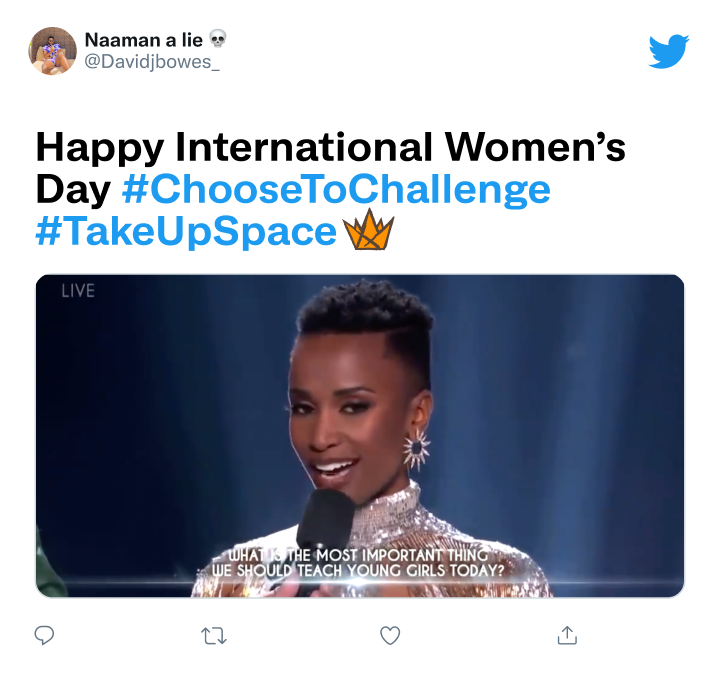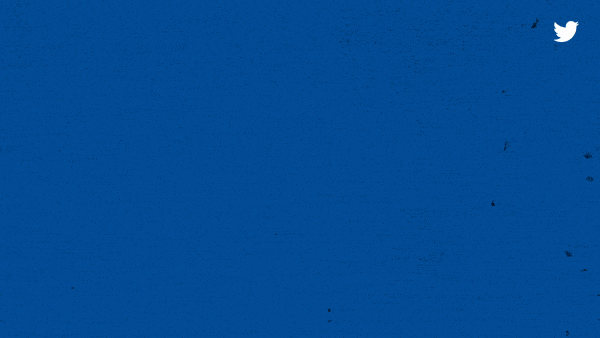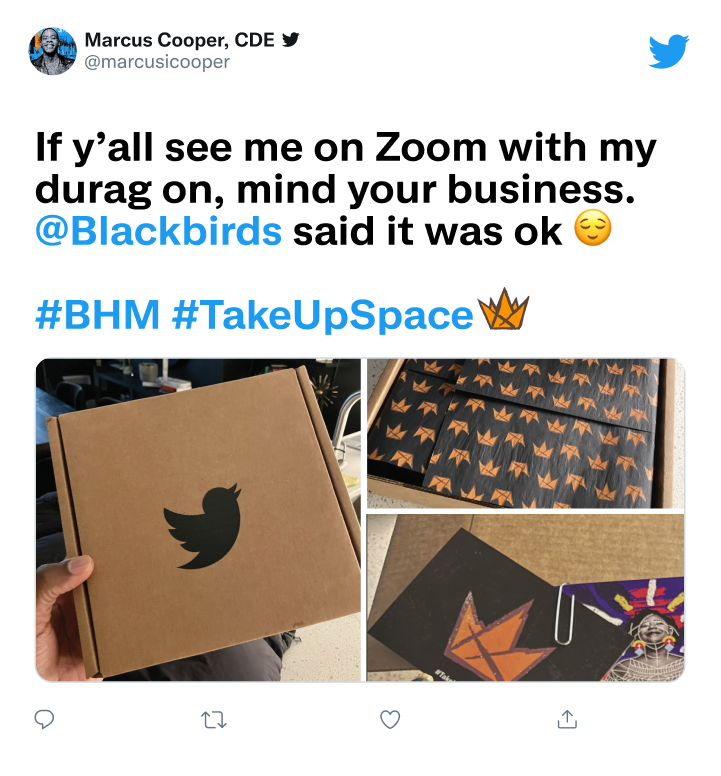Twitter emojis
At Designerds, I had the pleasure of illustrating 12 custom emojis for Twitter. Some appeared globally, others were region-specific, a few were available for limited engagements, while others have become evergreen fixtures. Each emoji populates automatically with select hashtags, and some even reveal hidden elements when viewed in dim and dark modes.
👉 For each emoji, I conducted research, developed concepts, illustrated, and presented three distinct visual pathways—each accompanied by written rationale tailored to the project’s core audience.
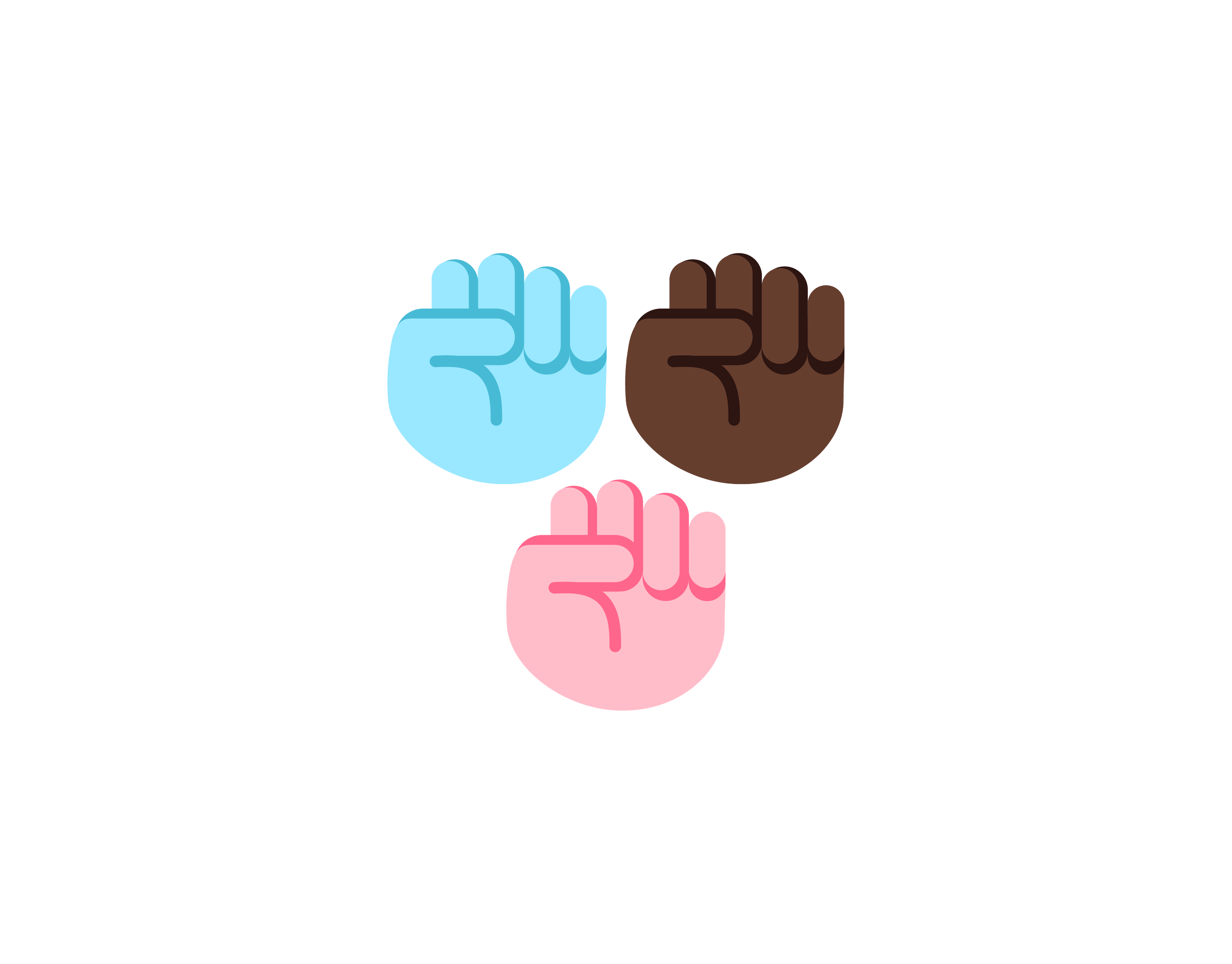
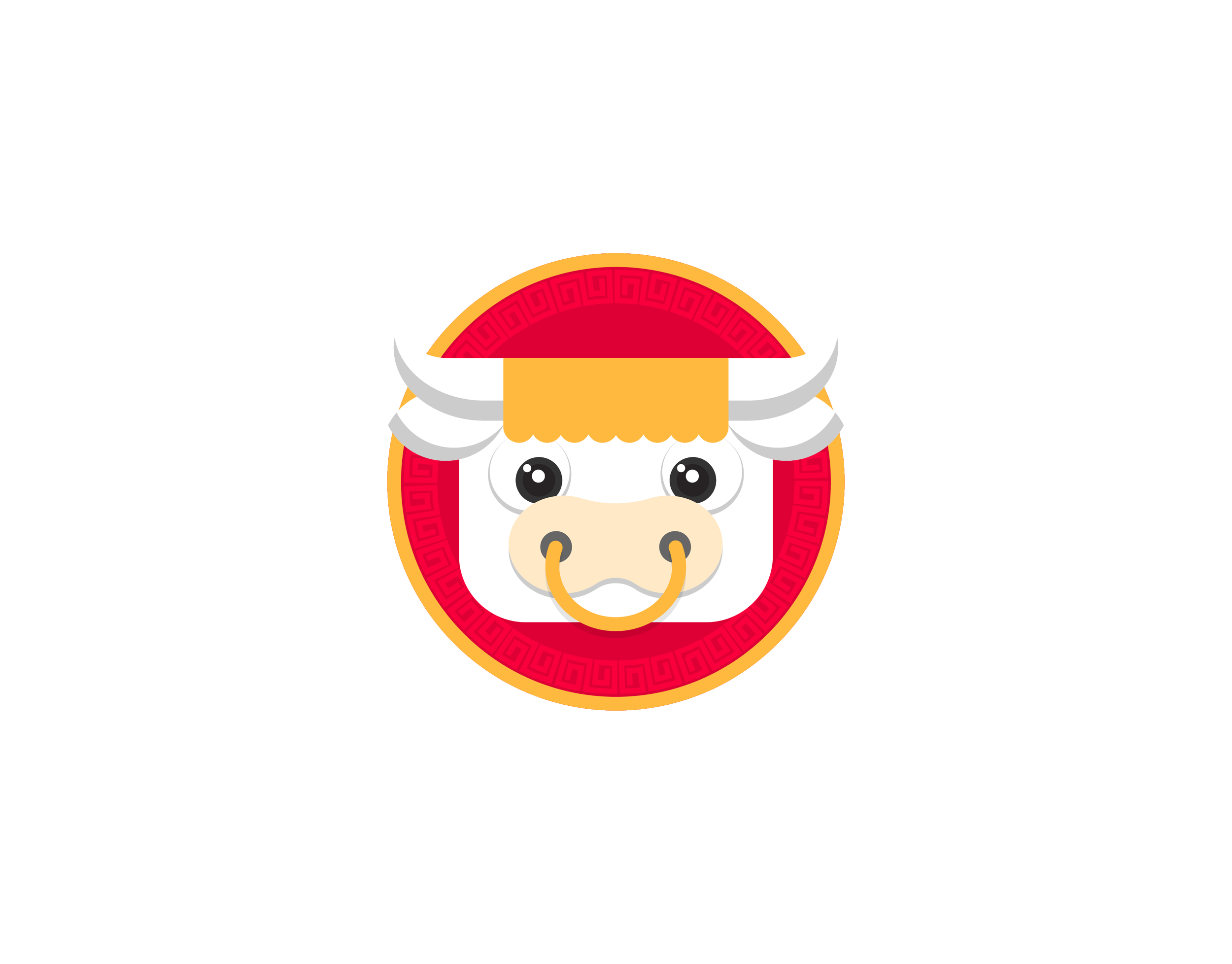
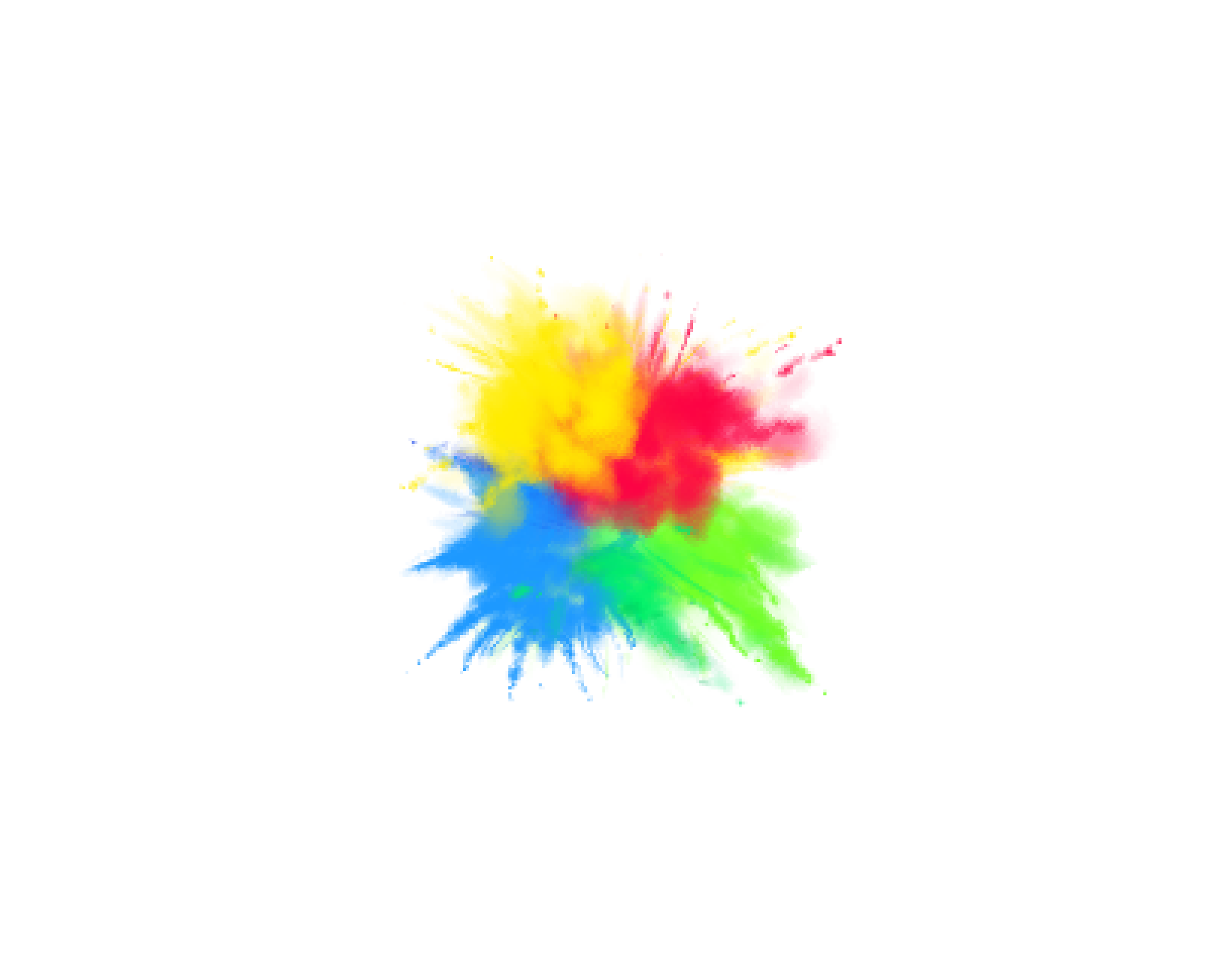

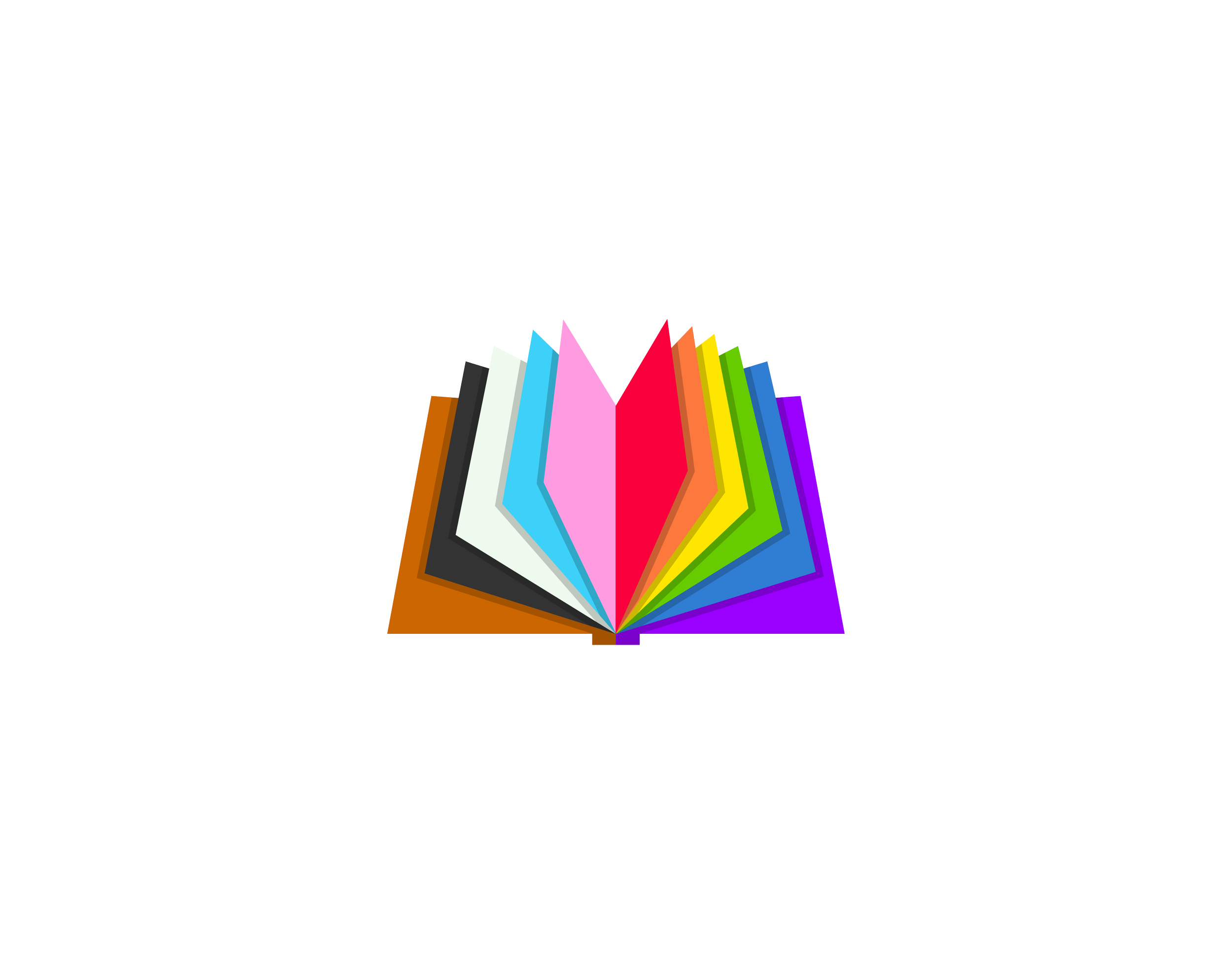
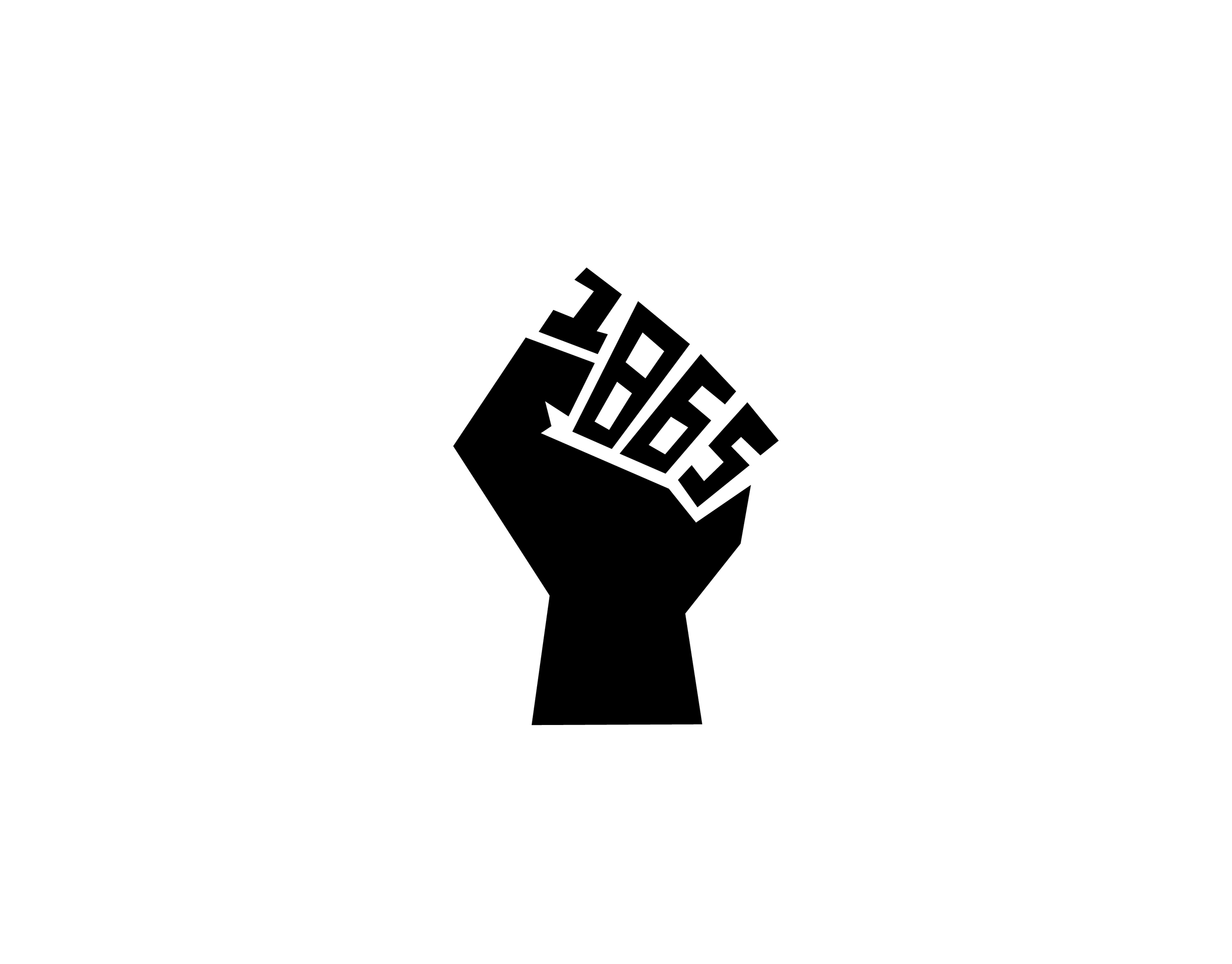
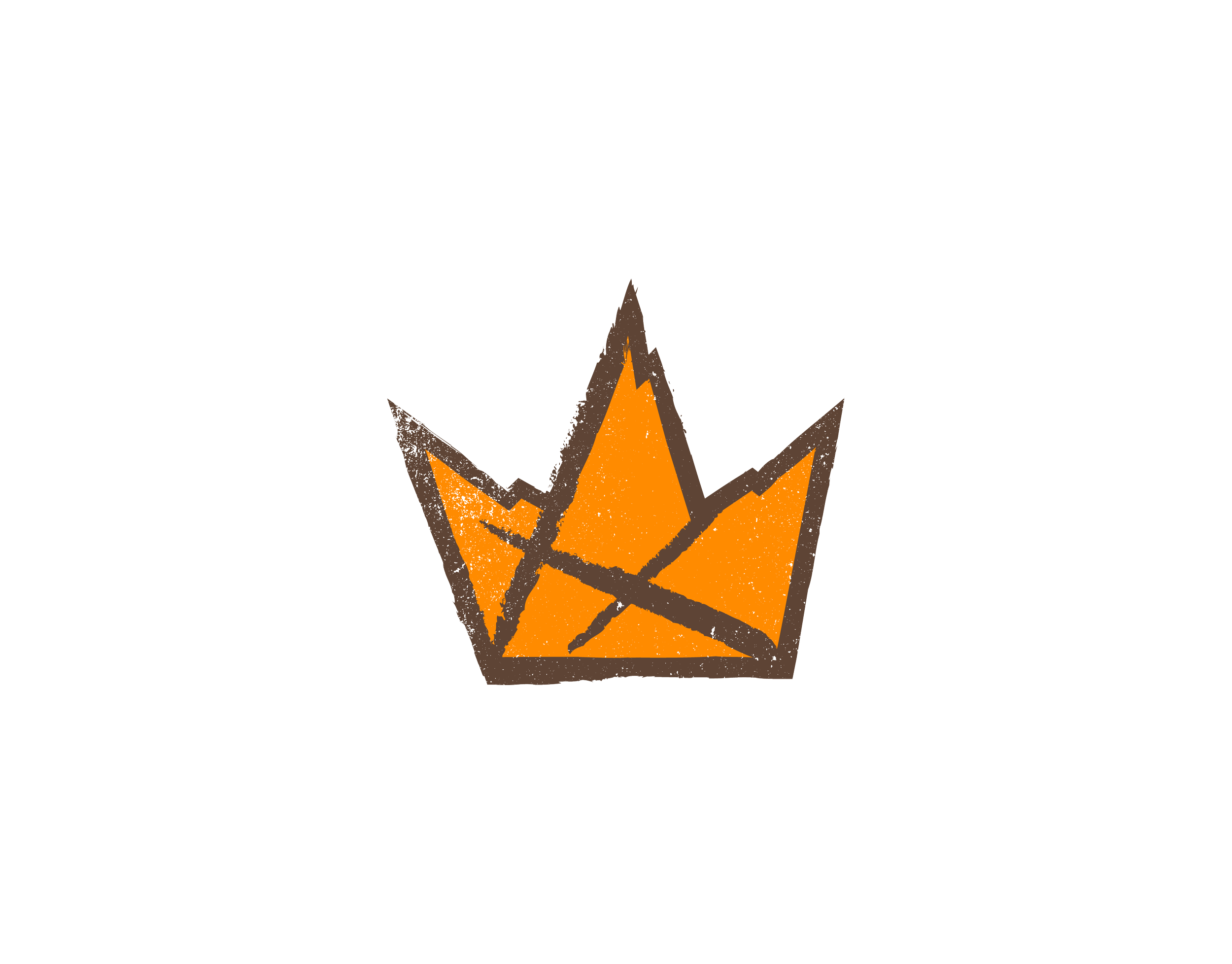
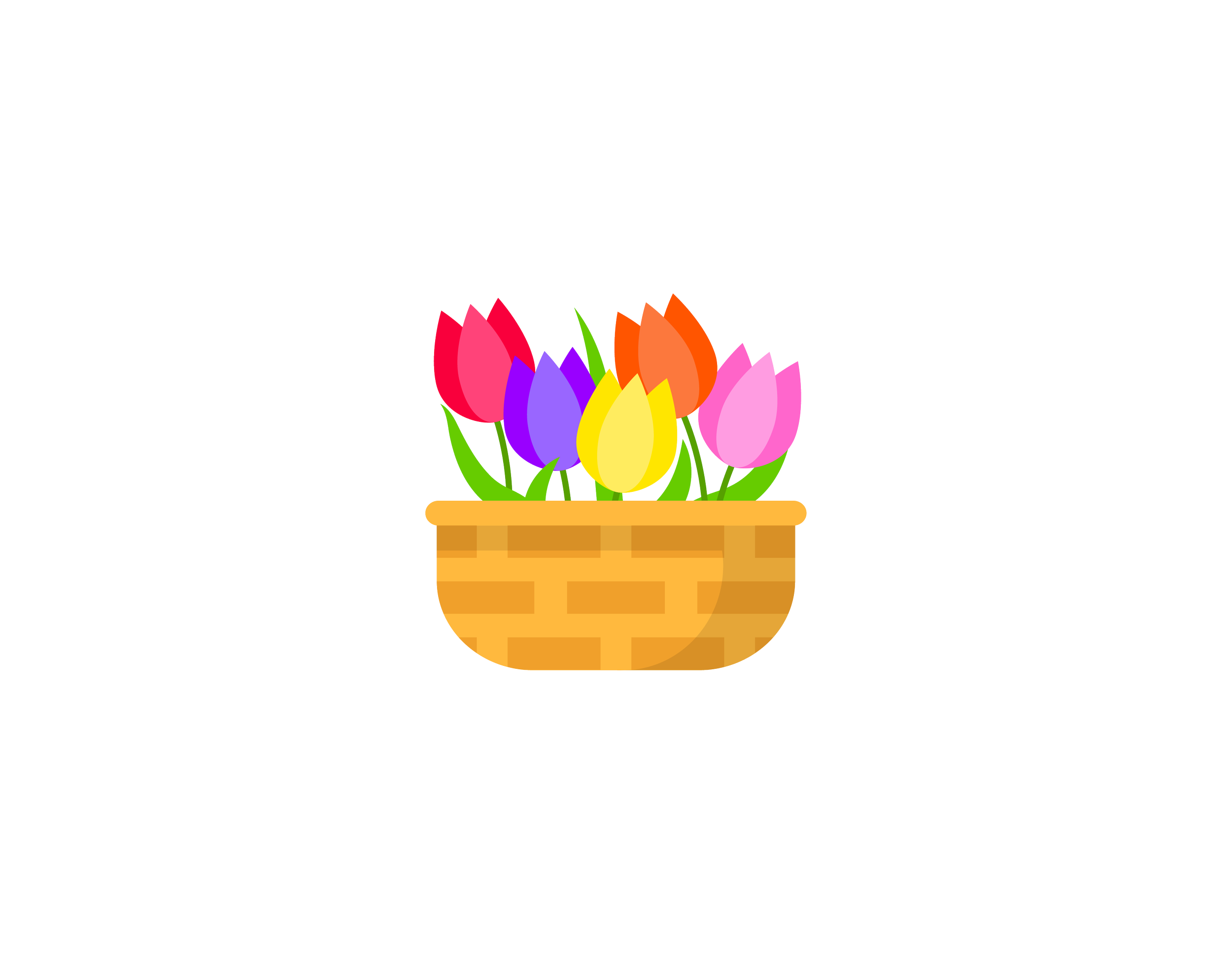
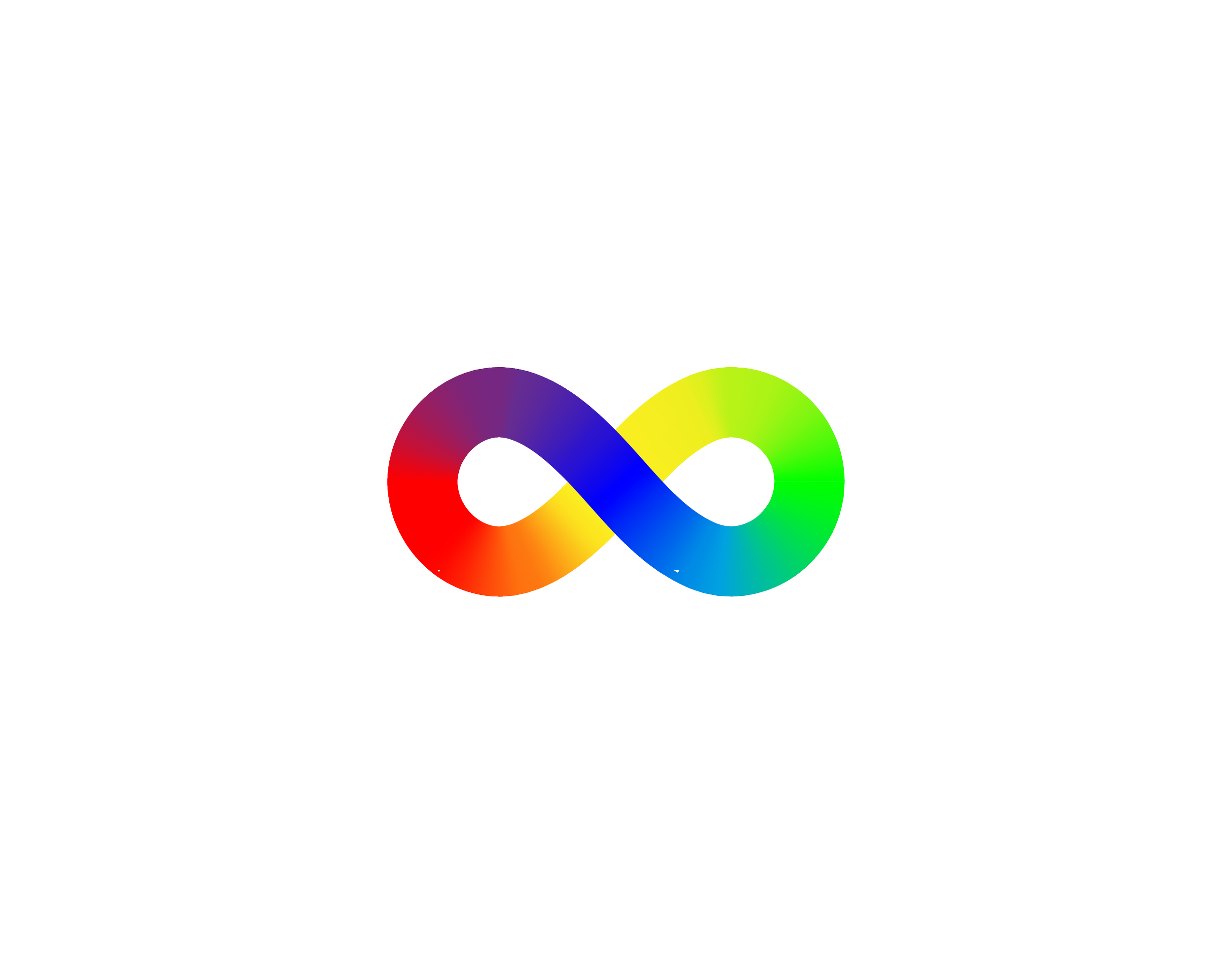
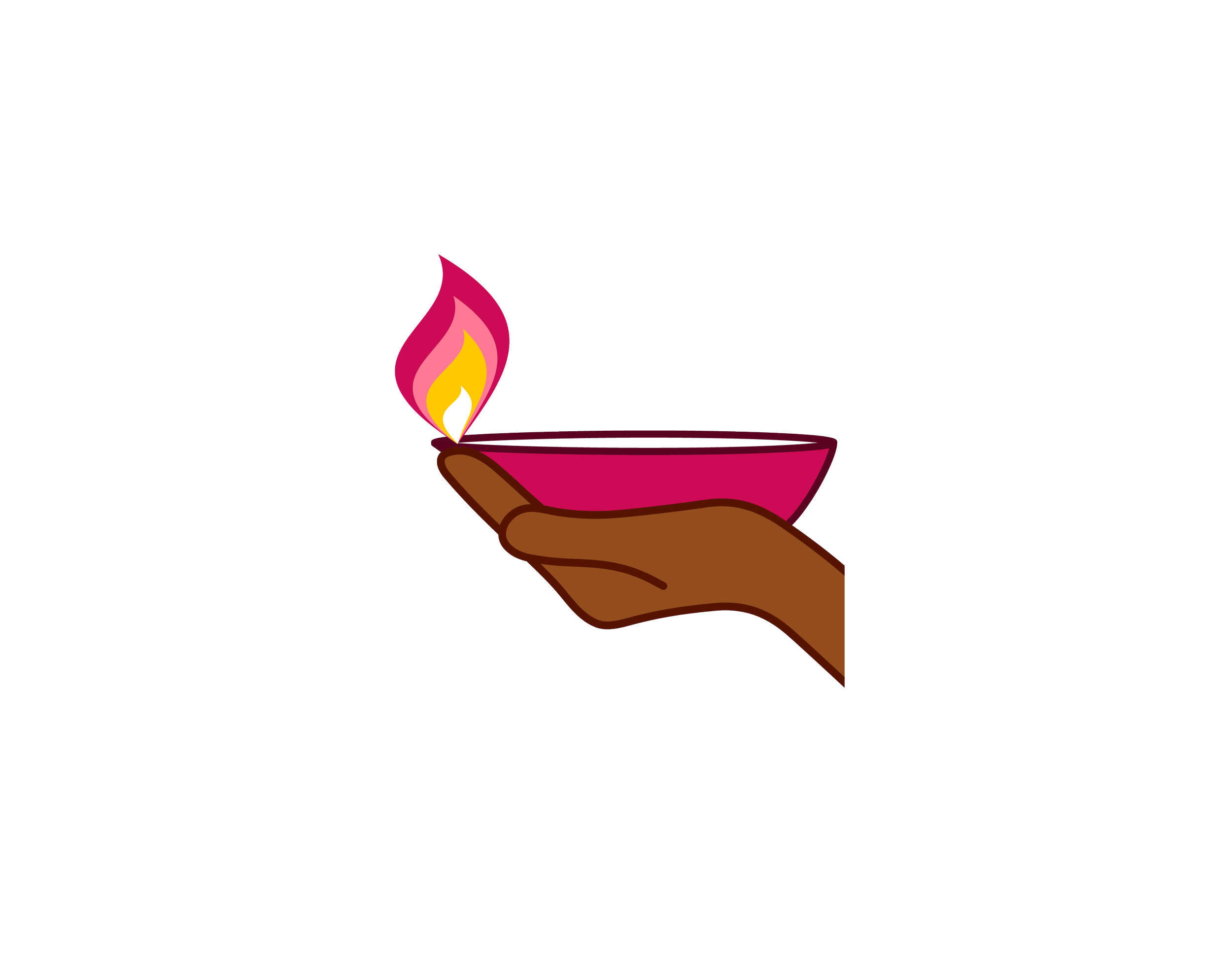
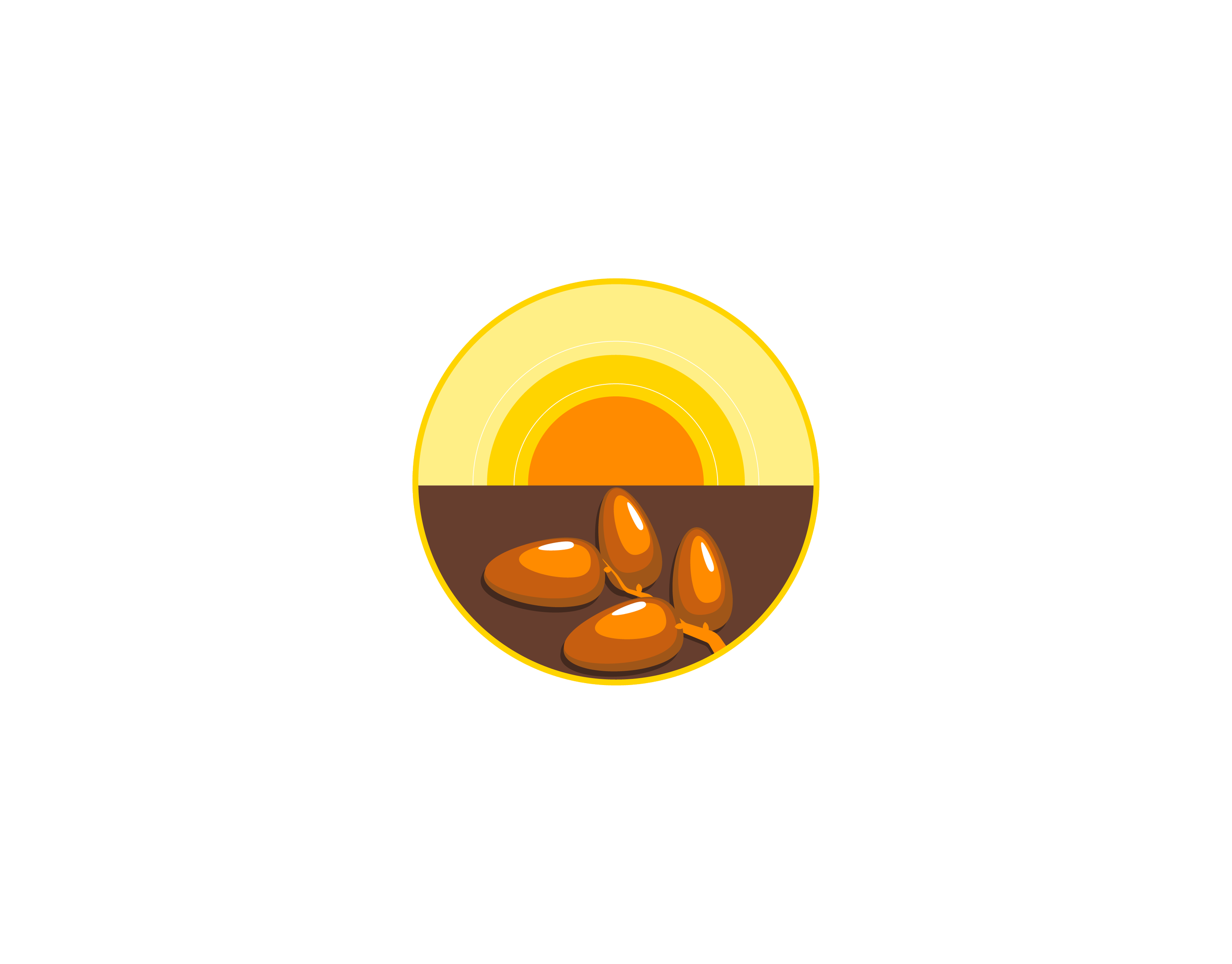
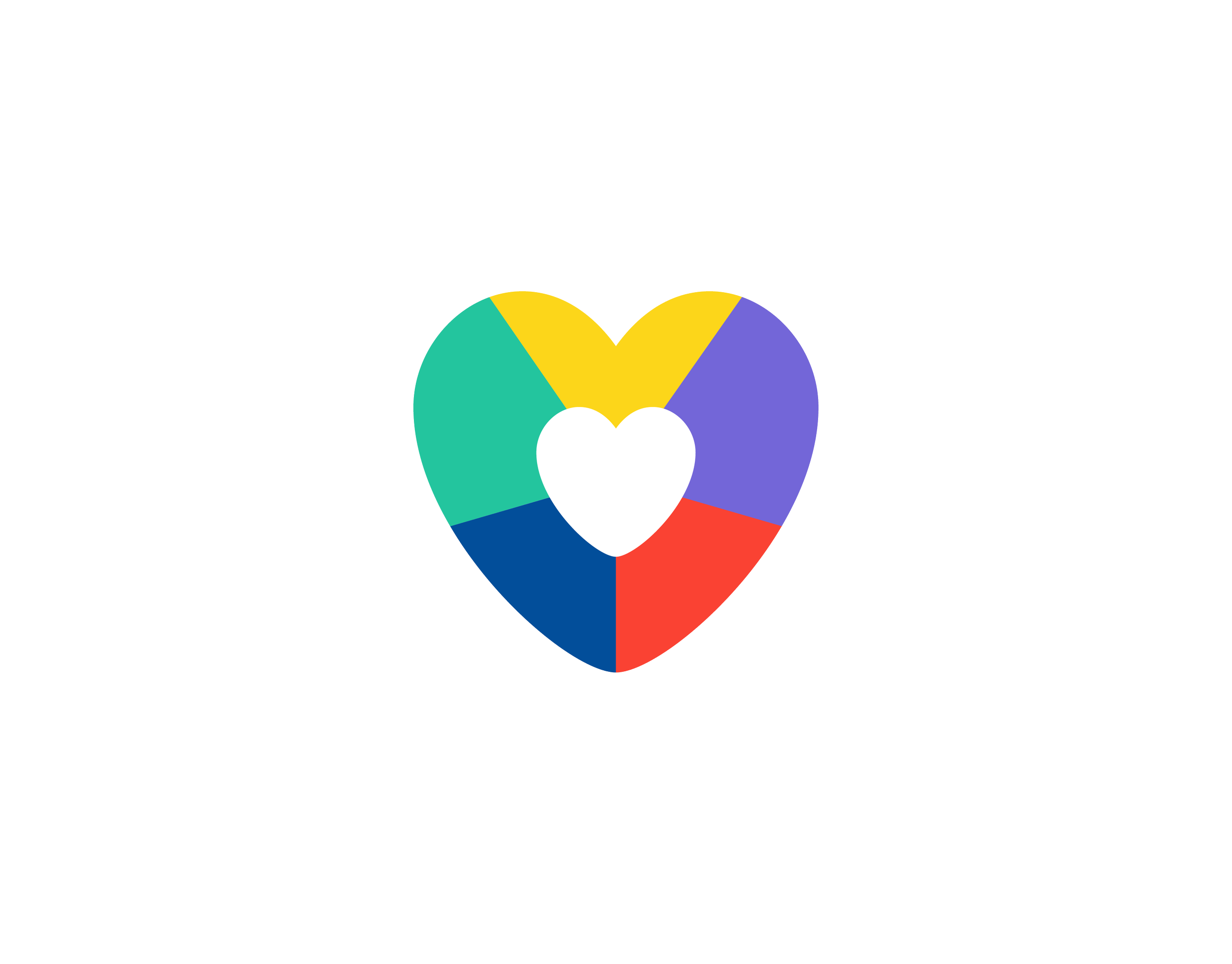
#AutismAwareness
As honored as I was to work on this project, I didn’t anticipate the impact it would have on the Autism community. Watching the conversation unfold on Twitter, I realized I had helped a community feel seen and heard.
Through my research, I discovered a deep divide in how Autism is represented. While groups like Autism Speaks promote the puzzle piece—originating from a 1963 logo and often linked to efforts to “cure” Autism—there’s also a vibrant, joyful, self-advocating community that embraces neurodiversity. This community has chosen the rainbow infinity symbol as a more inclusive and empowering representation of life on the spectrum.
👉 The rainbow infinity symbol became the heart of my emoji concept. While it has been interpreted in different ways by various artists, my version features a single continuous path with colors flowing in a soft gradient. At the center of the mark, the hero color is blue—often associated with calm and serenity, symbolizing understanding and acceptance for those on the autism spectrum.
#AutismAcceptance
On April 1, 2020, the emoji populated automatically with hashtags like #WorldAutismDay, #AutismAwareness, and others. While widely accepted, members of Actually Autistic petitioned @Twitter and @TwitterAble to reframe the conversation by removing the emoji from #AutismAwareness and #AutismAwarenessMonth, and adding it to #AutismAcceptance and #AutismAcceptanceMonth.
By 1 pm Pacific time on April 2, 2020, #AutismAcceptance was trending.
#Juneteenth
When I received the #Juneteenth emoji project brief, the U.S. was deep in the “washing groceries” phase of COVID, and I was on lockdown in San Francisco. On May 25th, George Floyd became a household name. Just two weeks later, Jack Dorsey announced that Juneteenth, June 19th, would become a company holiday for both Twitter and Square. With masked protests and unrest unfolding across the country, the pressure to get this right was intense.
👉 My design features a distinctive Black Power Fist, with fingers forming “1865” in the spirit of hand-drawn protest posters. That year marks the moment when enslaved African Americans in Galveston, Texas, were finally informed of their freedom, two and a half years after the Emancipation Proclamation. Twitter typically enforces a strict no-text policy for emojis, so presenting this concept to my Creative Director wasn’t an easy sell. But it was important that the symbol carried the same power and urgency as the conversations happening online and in the streets.
My design was accepted by Twitter with no edits.
#Holi
👉 This was an incredibly complex design challenge. My emoji draws visual inspiration from the Holi festival, capturing the dynamic moment when traditional Abir powder bursts into the air. It took nearly 1,000 layers to create a realistic, vibrant cloud of colors. I was so proud of the final result, and having two people, arguably at the top of their game, use the emoji was the cherry on top.
#WorldHealthDay
COVID impacted all of us, taking lives, jobs, and reshaping daily life. Around the world, people united to flatten the curve by staying home out of love and concern for one another.
👉 This emoji features a heart-shaped globe inside a red house, symbolizing the global act of staying home in solidarity and in respect for the healthcare workers risking their lives on the front lines. Created in collaboration with fellow designer Austin Alcala, it became my most widely used emoji, adopted by Google, United Airlines, E! News, and many more.
#Twitter Wellness
#LoveWhereYouWork
👉 My emoji design uses colors from Twitter’s expanded palette and features two instances of the Twitter heart icon. Rays of Twitter’s brand colors radiate between the hearts, symbolizing the heart of Twitter itself. Each day, when employees step off the elevator on the 9th floor, they’re greeted by the neon sign, “Love Where You Work.” Through my role at Designerds, I had the privilege of working at Twitter HQ and felt lucky to be part of the team.
#TakeUpSpace
This is the last emoji in my illustration series. I was so pleased at how well it was embraced. Twitter’s Black History Month hashtag, #TakeUpSpace, was inspired by the beautiful differences in Black cultures globally, strengthening roots while spreading and amplifying joy and success.
👉 I designed this emoji as both a nod to American street art pioneer Jean-Michel Basquiat—specifically his iconic three-point crown—and to the woven textile patterns rooted in historical Black culture, symbolizing strength through interconnectedness.
At the time of its release, Twitter had just overhauled its brand, embracing a refined sense of grunge and texture to convey visual grit and authenticity. This emoji aligned with that shift, blending cultural significance with the evolving aesthetic of the platform.
